Лондонский музей естествознания ежегодно проводит премию Wildlife Photographer of the Year, в которой участвуют лучшие фотографы со всего мира. Финалистов основной премии определили еще осенью, а теперь свой выбор сделали зрители.
Лучшие фотографии дикой природы за 2019 год — выбор зрителей
Лондонский музей естествознания ежегодно отбирает лучшие фотографии дикой природы. Приз зрительских симпатий завоевал снимок двух мышей, дерущихся за еду, и еще четыре отличных кадра с животными.
Главный приз LUMIX People's Choice Award достался британскому автору Сэм Роули за снимок мышей, дерущихся в лондонском метро за еду.
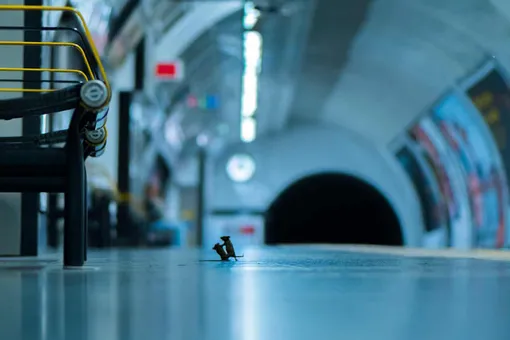
Победитель: драка двух мышей в лондонской подземке
Высокую оценку получили еще четыре снимка.
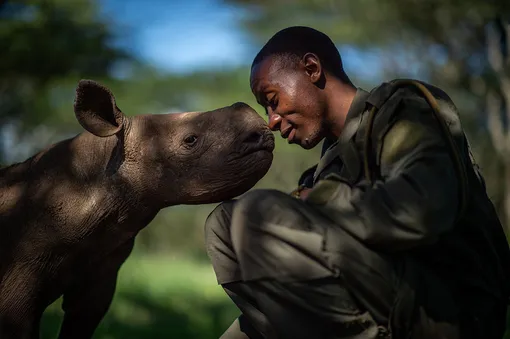
«Суррогатная мать», автор — Мартин Бузора, Канада. На снимке запечатлен рейнджер из кенийского зоопарка, который в свободное время ухаживает за черным носорогом-сиротой
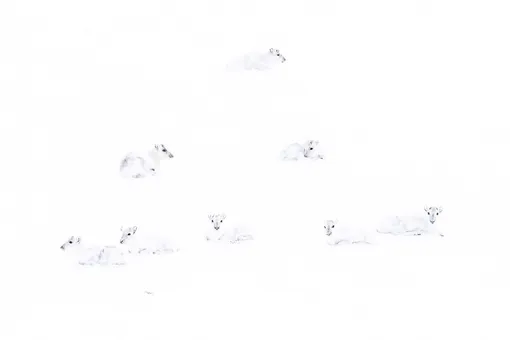
«Найди северного оленя», фотография Франсиса де Андре, Испания. Снимок сделан на одном из островов архипелага Шпицберген, известного своим суровым климатом
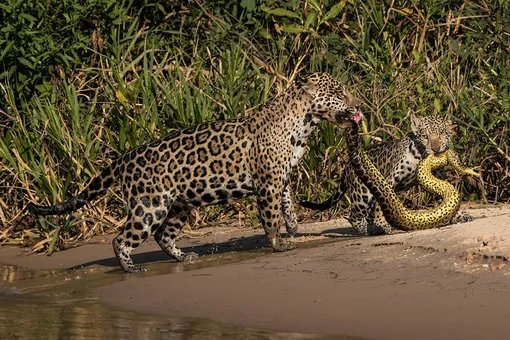
«Сочетающиеся принты»: ливанский фотограф Мишель Зогзоги запечатлел ягуара и его детеныша, вытаскивающих из воды анаконду
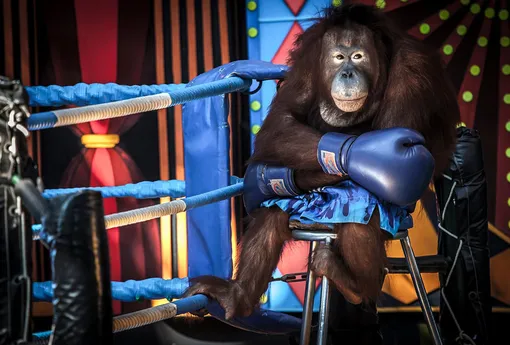
«Проигрывая битву», автор Аарон Бекоски, Великобритания. В Таиланде до сих пор существует практика использования диких животных для шоу — люди платят за то, чтобы посмотреть, как орангутаны танцуют, играют на барабанах и так далее
Правила жизни отобрал еще 5 снимков из 25, попавших в лонг-лист премии.
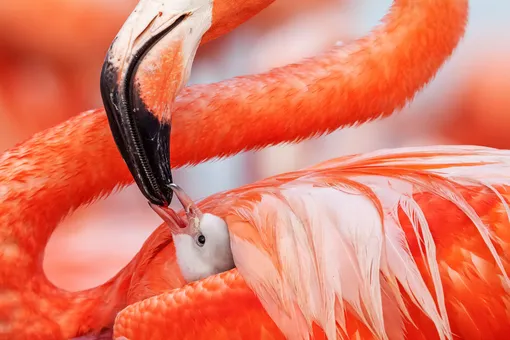
Карибские фламинго в объективе мексиканского фотографа Клаудио Контрераса Кооба
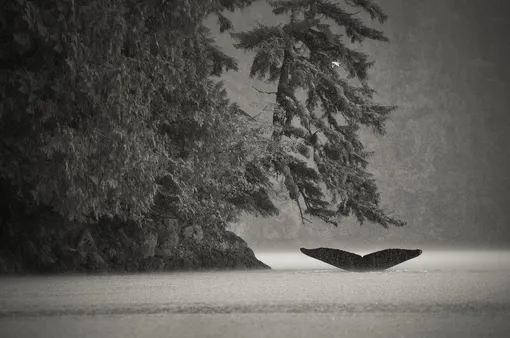
Автор снимка — Джейк Дэвис (США). Фотография сделана во время дождя в Британской Колумбии, Канада. Кит ныряет за добычей
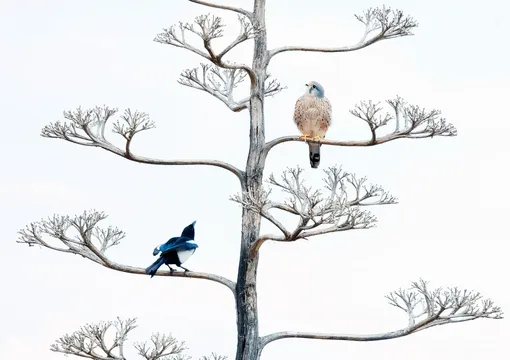
Пустельга сидит на ветке мертвого дерева в Валенсии, а сорока нарушает ее покой. Автор снимка — испанский фотограф Сальвадор Колве Небо
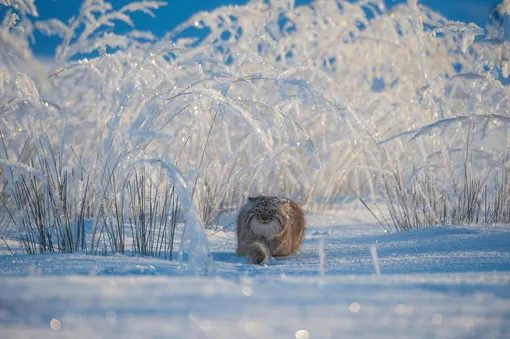
Российский фотограф Валерий Малеев сфотографировал манула во время охоты в Монголии
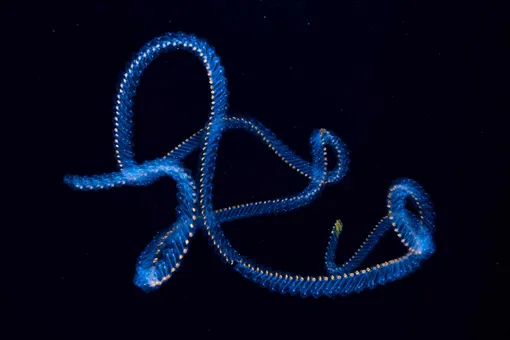
Сальпы — небольшие морские животные, которые могут образовывать вот такие причудливые цепочки-узоры более метра в длину. Снимок сделан в водах Аликанте, Испания. Автор снимка — испанский фотограф Анхель Фитор
ЧИТАЙТЕ ТАКЖЕ:
